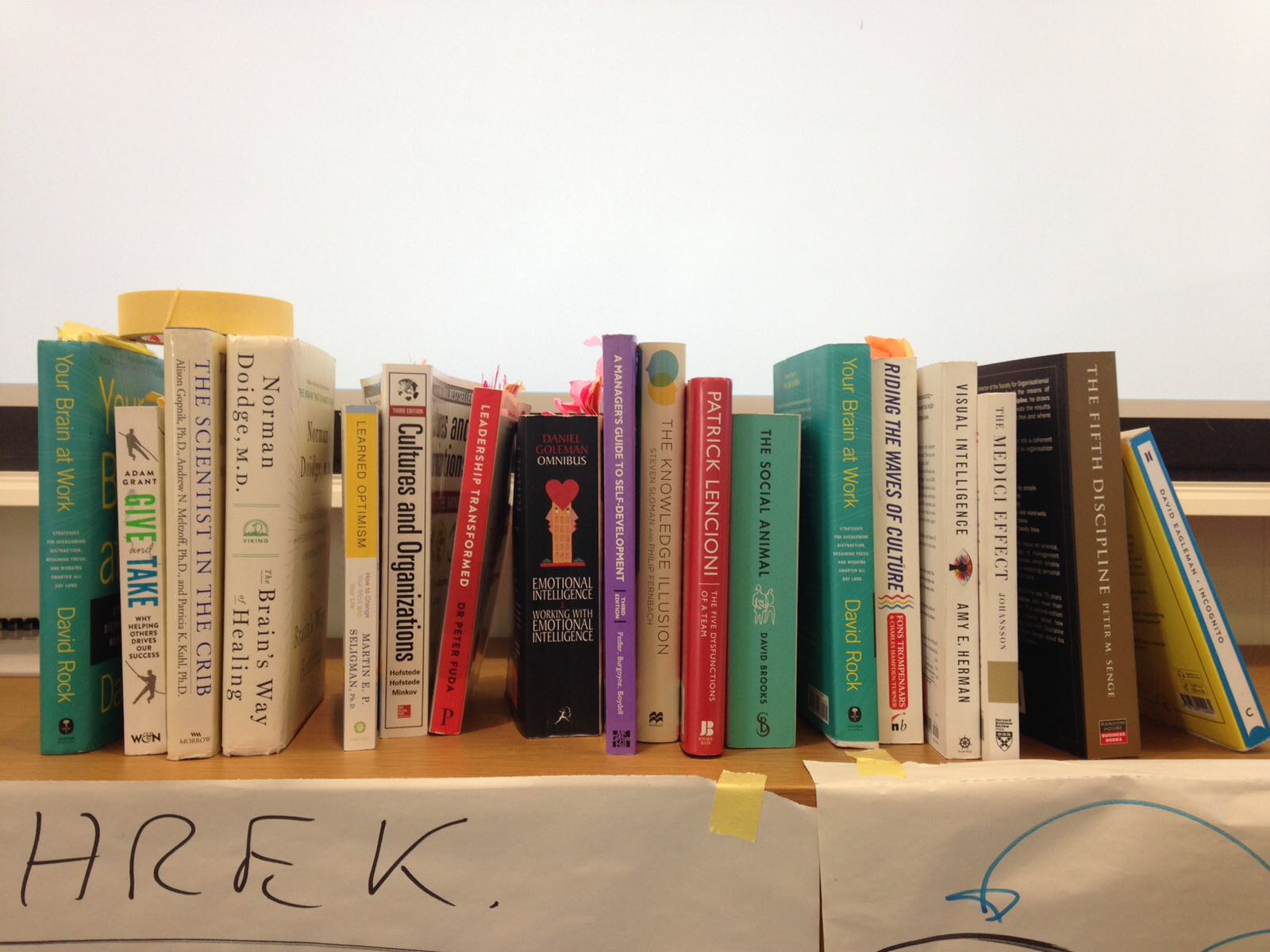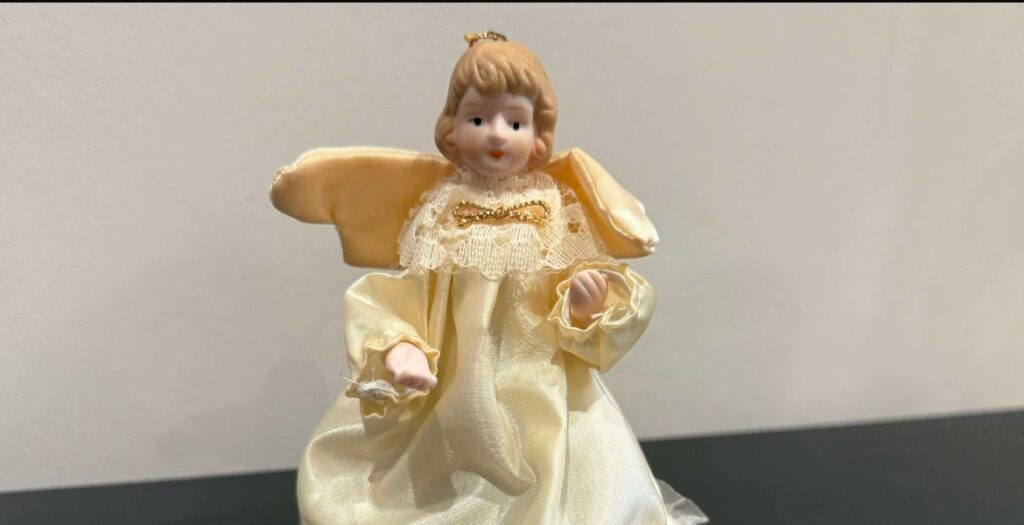Week 7: The Half-Read Book Problem
So far this season we’ve survived missing Tupperware lids (chaos management), pens (micro-trust), cancelling plans (energy economics), talking to strangers (micro-connections), bathroom mirrors (private courage), and ugly favourites (emotional kintsugi).
This week we’re tackling something far more quietly shameful — the bookshelf of broken dreams.
Welcome to The Half-Read Book Problem.
A Confession from the Bedside Table
We’ve all got them.
That mindfulness book you swore would change your life but lost out to Netflix.
The leadership bestseller that started well, then hit a chapter titled “Reimagining Synergy Pipelines” and you simply… left.
That novel you packed for holiday three years in a row — still has sand in it — and you haven’t met the main character’s mum yet.
We tell ourselves, “I’ll finish it when things calm down.”
But things never calm down. Because life, much like Tolstoy, doesn’t know when to stop.
And so they sit there.
Dozens of literary disappointments lined up like a guilt museum — silent, dusty reminders that you are not, in fact, the kind of person who “always reads before bed.”
Why Our Brains Are Terrible at Finishing Things
Here’s the good news: it’s not just you. It’s evolution.
Our brains love starting things — dopamine hits galore. That first chapter, that new-book smell, that opening line that whispers this will make me a better person.
But then the novelty wears off and our limbic system goes, “What else you got?”
Meanwhile, your prefrontal cortex — the sensible part — is waving its tiny arms going, “Oi, we’re learning here!” and dopamine says, “Yeah, but what if we bought another one?”
Psychologists call this the Zeigarnik Effect — unfinished tasks stick in your head, nagging you like a toddler in a toy shop. That’s why your unread books stare at you. They’re not just judging you. They’re haunting you.
The Northern Angle
In the North, half-read books are part of the décor. They sit proudly on the bedside table next to the lamp with the dodgy switch.
We don’t call it clutter. We call it “ongoing learning.”
We also don’t throw them away — that’d be wasteful. There’s still good knowledge in there, even if we only made it to chapter two, “Mindfulness and the Dishwasher.”
Wabi-Sabi, Revisited
You remember wabi-sabi — the Japanese art of finding beauty in imperfection that we talked about back in the Ugly Favourite week?
Well, it applies here too. A half-read book is literary wabi-sabi.
It’s incomplete, a little frayed, but somehow beautiful in its honesty.
It’s you saying, “I was curious once, but then life happened, and that’s okay.”
Maybe that book served its purpose in a single sentence. Maybe it got you through a flight delay or a breakup. Maybe it just looked clever on the train. Either way — job done.
Why It Bothers Us So Much
Because we mistake curiosity for commitment.
We think buying a book means we’ve signed a moral contract to finish it.
So when we don’t, we feel guilty — as if Brené Brown herself might appear in our living room, holding a clipboard, whispering, “You stopped at Chapter 4, didn’t you?”
But unfinished books aren’t failures. They’re fossils of your curiosity. They mark where your attention once lived, before the Wi-Fi cut in
Four Lessons from the Half-Read Book
1. Redefine “Finished”
Lesson: If a book gave you one idea worth keeping, it did its job.
Action: Write that idea inside the cover. Call it closure. Put the book down with dignity.
2. Forgive Your Attention Span
Lesson: You’re not lazy — you’re living in a dopamine circus.
Neuroscience: The average focus span is now 47 seconds (University of California, 2023).
Action: Read small, finish proud. One paragraph is still progress.
3. Declutter with Kindness
Lesson: You can let go of old ambitions without betraying your intellect.
Action: Do a bookshelf audit. Keep what sparks interest. Donate what sparks guilt.
4. Learn from the Abandonment
Lesson: There’s insight in what you didn’t finish.
Action: Ask why you stopped. Bored? Overwhelmed? Uninterested? That’s feedback for what actually feeds your brain.
The Big Lesson Under the Half-Read Book
Life isn’t meant to be consumed cover to cover.
Some chapters end early. Some lessons don’t need a sequel.
You’re not defined by what you finish, but by what you’re curious enough to start.
Our shelves aren’t full of failures — they’re full of stories that met us halfway.
And maybe that’s enough.
From Stories to Smiles
Next week: The Happiness Delusion — Why Chasing It Makes Us Miserable (and What Actually Works).
The grand finale of Season 2. We’ll unpack why “being happy” is overrated, how your brain keeps moving the goalposts, and why the secret might just be contentment, cake, and occasionally cancelling plans.



